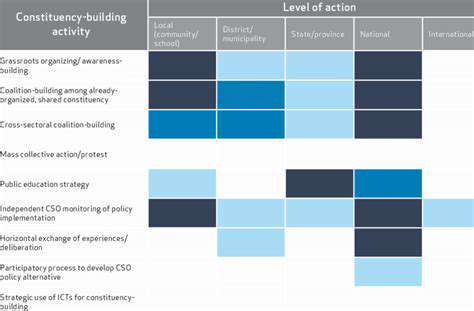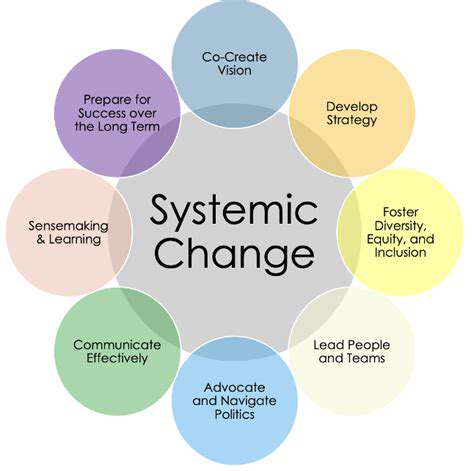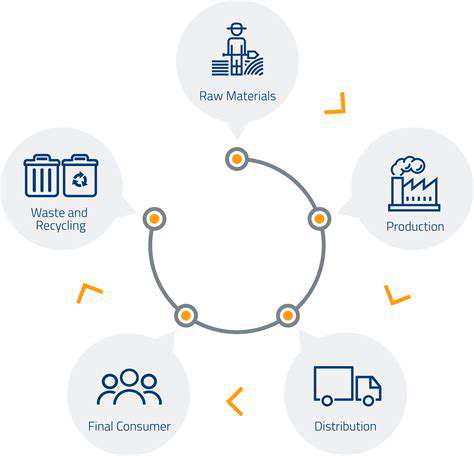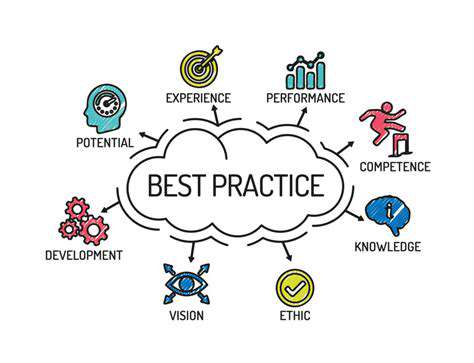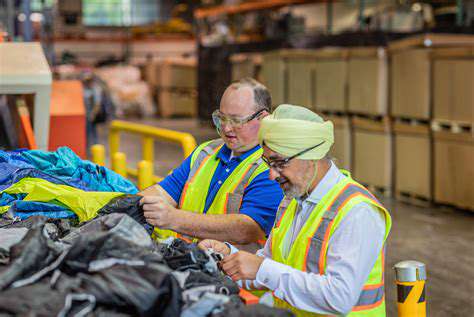From Waste Stream to Value Stream: Circular Fashion Solutions
Experimental closures push this concept further. Biodegradable stitching that dissolves during recycling and interlocking fabric panels that require no sewing represent exciting innovations in temporary assembly.
Designing for Future Repair and Maintenance
Access defines repairability. Strategically placed seams allow for panel replacement, while extra fabric integrated into linings provides material for patches. Some brands include repair kits with purchases—needles, thread, and spare buttons—transforming maintenance from a chore into a brand experience.
Digital tools augment physical design. Augmented reality apps can overlay repair instructions directly onto damaged garments, while blockchain systems track spare part availability across a product's lifespan.
Implementing Robust Testing Protocols
Accelerated aging tests simulate years of wear in weeks, revealing weak points before production. Standardized rub tests measure colorfastness, while mannequin robots repeatedly don and doff garments to test seam strength. Only through rigorous testing can designers truly understand how their creations will perform over time.
Some companies involve consumers in testing through wearer diaries. Real-world feedback about how clothes perform during daily activities provides invaluable data for improving future designs.
Creating a Closed-Loop System for Resource Recovery
True circularity requires designing the entire ecosystem, not just individual products. Brands must establish take-back programs with convenient drop-off points and clear incentives for returns. Advanced sorting facilities using AI and spectral analysis can then separate materials by type and quality for appropriate processing.
The most visionary companies treat used clothing as a resource mine. Chemical recycling breaks down old garments into molecular building blocks for new fibers, while biological processes use enzymes to selectively digest certain materials, leaving others intact for reuse.
Consumer Awareness and Engagement: Driving the Change
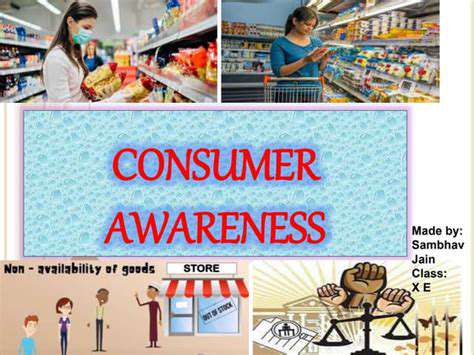
Understanding Consumer Needs
Modern shoppers don't just buy products—they buy values. Successful brands recognize that sustainability messaging must address both practical concerns (cost, convenience) and emotional needs (self-expression, community belonging). The most effective campaigns frame eco-friendly choices as upgrades rather than sacrifices, highlighting superior quality and timeless design alongside environmental benefits.
Segmentation proves crucial. While some consumers prioritize carbon footprint, others focus on water usage or fair labor practices. Tailored communication that speaks to these specific concerns increases engagement and conversion rates.
Building Trust and Transparency
Skepticism about green claims runs high. Brands must back sustainability statements with verifiable data—third-party certifications, detailed impact reports, and accessible supply chain maps. Some companies use blockchain to provide immutable production records, allowing customers to verify ethical claims with smartphone scans.
Transparency extends to shortcomings as well. Brands that openly discuss challenges and improvement plans often build deeper trust than those presenting polished perfection. Authenticity resonates more than flawless marketing in today's skeptical consumer landscape.
Enhancing the Customer Journey
Sustainability should simplify, not complicate, the shopping experience. Integrated tools like carbon calculators at checkout or filter options for eco-preferences help consumers make informed choices without extensive research. Post-purchase, care label QR codes can link to repair tutorials or resale platforms, maintaining engagement beyond the initial sale.
The most seamless experiences make sustainable choices the default option. From eco-packaging that requires no extra fee to automatic enrollment in recycling programs, frictionless design drives widespread adoption.
Leveraging Technology for Engagement
Digital natives expect interactive content. Virtual try-on tools reduce returns while showcasing durability through simulated wear tests. Gamification elements—like loyalty points for participating in circular programs—turn sustainability into a rewarding challenge rather than a moral obligation.
AI plays an increasing role in personalization. Machine learning algorithms can suggest wardrobe combinations from existing pieces, reducing the urge for new purchases while helping consumers maximize their current collections. When technology solves real problems, engagement follows naturally.
